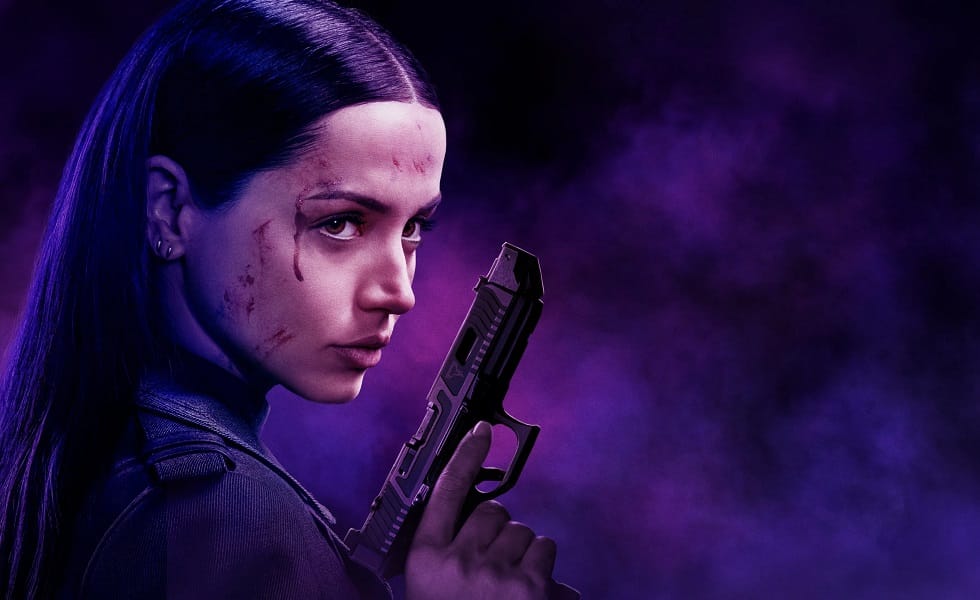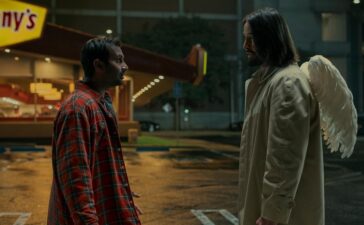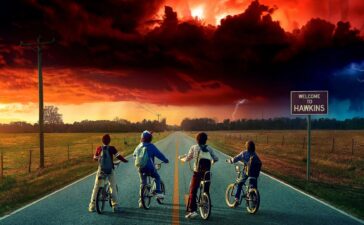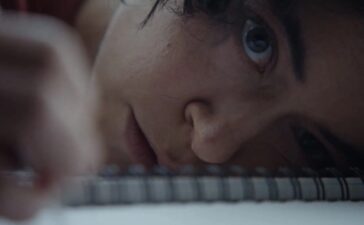Ana De Armas does what she can, but this girl-with-a-gun actioner is too generic to be memorable.
French actress Anne Parillaud has a blink-and-you’ll-miss-it cameo in From the World of John Wick: Ballerina (and I reckon we’ll stick with just Ballerina going forward). That’s a cute little metatextual easter egg for the sharp-eyed. Parillaud, of course, was the star of Luc Besson’s 1990 banger La Femme Nikita, where she played a junkie convicted of murdering a cop who is recruited into a secret government assassination program and rebuilt from the ground up as a svelte murder machine.
Now, Besson’s achingly stylish cinéma du look thriller may not have been the first “girls with guns” film, but it certainly codified the subgenre going forward. It’s been remade, officially or otherwise, a bunch of times, and it’s more or less been remade here by director Len Wiseman (Underworld) and screenwriter Shay Hatten (Rebel Moon, God help us).
Ana de Armas is Eve Maccaro, our ingenue killer, hidden away in a ballet school/murder academy after her own father is slaughtered in front of her eyes. Years later, having been trained in death, destruction, and dance by the steely Director (Angelica Huston, who completely understands her job is to lend this thing some gravitas) she finds herself with the opportunity to rain vengeance on The Chancellor (Gabriel Byrne, and ditto), the guy who popped her Pop. In the middle is another dad, Norman Reedus’ Daniel Pine, who is trying to protect his own daughter, Ella (Ava Joyce McCarthy) from Byrne’s bad guy.
The John Wick franchise is built from genre allusions, pathos, and blistering stunt work, grounded by Keanu Reeves‘ hangdog charisma and set in a baroque nighttime urban fantasy world that owes a great debt to the none-more-goth tabletop RPG, Vampire: The Masquerade (as did Wiseman’s Underworld, to the point of legal action). Substituting de Armas for Reeves, Ballerina attempts the same trick, and it turns out to be harder than it looks. Where the Wick movies’ nods to the history of action cinema are carefully considered, Ballerina‘s feel rote. There’s not much new here, a few wrinkles on the setting’s lore aside. It’s beholden to both the tropes of its genre and the necessity of retrofitting Hatten’s screenplay, originally a Wick-inspired but discreet spec script, into the existing franchise. The result is a film that rarely has the time and the space to be its own thing.
There’s fun to be had here, though. Ana de Armas remains eminently watchable and acquits herself wonderfully in action sequences that frequently emphasise how tiny and vulnerable she appears in contrast to the roster of henchmen and mooks on screen. Ian McShane and Lance Reddick crop up, and that’s always a good time. The third act, set in a snowbound and generically mittleeuropean village of assassins, offers us a flamethrower duel at one point, and fair’s fair – I’ve never seen that before. Keanu turns up as Wick at a couple of points, and although he’s almost entirely divorced from the action and it seems likely that he and de Armas were rarely, if ever, in the same room at the same time during filming, it’s fun to see the late Baba Yaga again.
If you’re wondering how Mr Wick manages an appearance, having died in the last film, Ballerina takes place between the third and fourth John Wick films. It might well have been released between them, too, but for extensive reshoots under regular Wick director Chad Stahelski blowing out the production time. There have been reports that Stahelski pretty much reshot the entire thing. That’s possible, but it’s unarguable that the kinetic, crunchy action sequences stand in sharp contrast to the fairly pedestrian direction of the non-violent scenes.
At the end of the day, Ballerina is fine, and that’s pitifully faint praise. You’ll like it if you like this sort of thing, and I generally do. But it also feels obligatory, a film mandated by the demands of franchise maintenance rather than the intent to do anything interesting or new. As a franchise, John Wick is struggling with a dilemma that affects so many long-running fictional universes: is it a setting or a story? Based on this effort, it’s the latter. For all its weird politics, portentous titles, and lethally enforced codes of conduct, I’m not sure the world of the High Table is much chop without Mr Wick at the centre.










